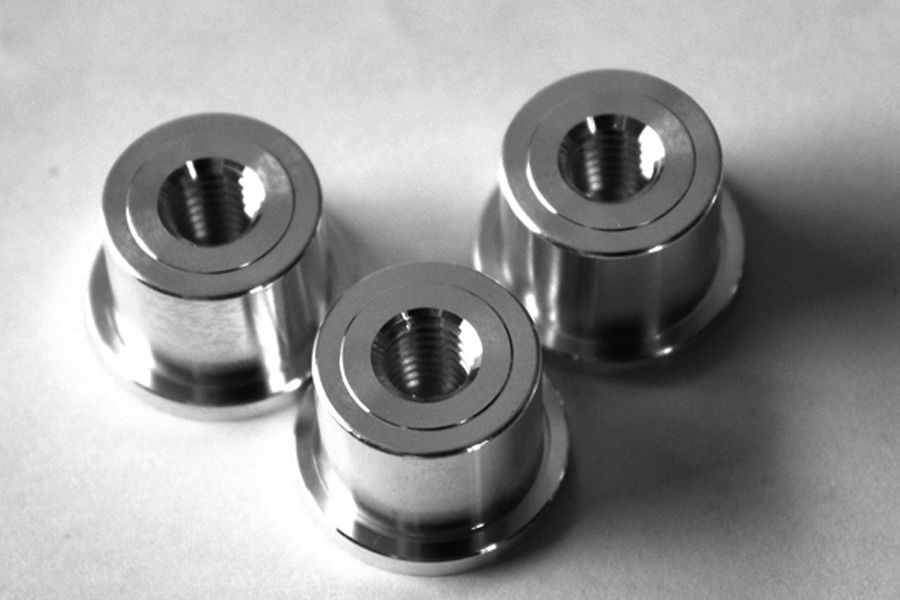The difference between CNC lathes and CNC turning centers is a problem that everyone is paying attention to, but many people cannot find a detailed record in this area. This article will take this opportunity to take everyone a more reasonable understanding of the differences between CNC lathes and CNC turning centers from different aspects. Hope that more people get the information they want from this article.
NC lathes can be divided into two types: horizontal and vertical. Horizontal lathes are available in horizontal and inclined guides. High-grade CNC sleeping cars generally use inclined guide rails. According to the number of tool holders, it can be divided into single tool holder CNC lathes and double tool holder CNC lathes. The former is two-coordinate control and the latter is four-coordinate control. Most double-head berths use inclined guides.
CNC lathes are used to process the rotating surface of parts just like ordinary lathes. Generally, it can automatically process the outer cylindrical surface, conical surface, spherical surface and thread, and also can process some complicated rotating surfaces, such as hyperbola. Lathes and ordinary lathes are basically installed in the same way. In order to improve cnc machining efficiency, CNC lathes mostly use hydraulic, pneumatic and electric chucks.
The appearance of CNC lathes is similar to that of ordinary lathes, that is, it is composed of the bed, headstock, tool post, feed system pressure system, cooling and lubrication system, etc.
The feed system of CNC lathes is qualitatively different from ordinary lathes. Traditional ordinary lathes have feed boxes and gear racks, while CNC lathes use servo motors to directly drive the slide plate and the tool holder through ball screws to achieve the feed movement. The structure of the feed system is greatly simplified.
The CNC turning center is based on the ordinary CNC lathe, with the addition of C axis and power head. More advanced CNC lathes have a tool magazine, which can control X, Z, and C coordinate axes. Z), (X, C), or (Z, C). With the addition of C axis and milling power head, the machining functions of this CNC lathe are greatly enhanced. In addition to general turning, radial and axial milling, curved surface milling, holes with a centerline not at the center of rotation of the part, and radial holes can be greatly enhanced. Drilling and other cnc machining.
